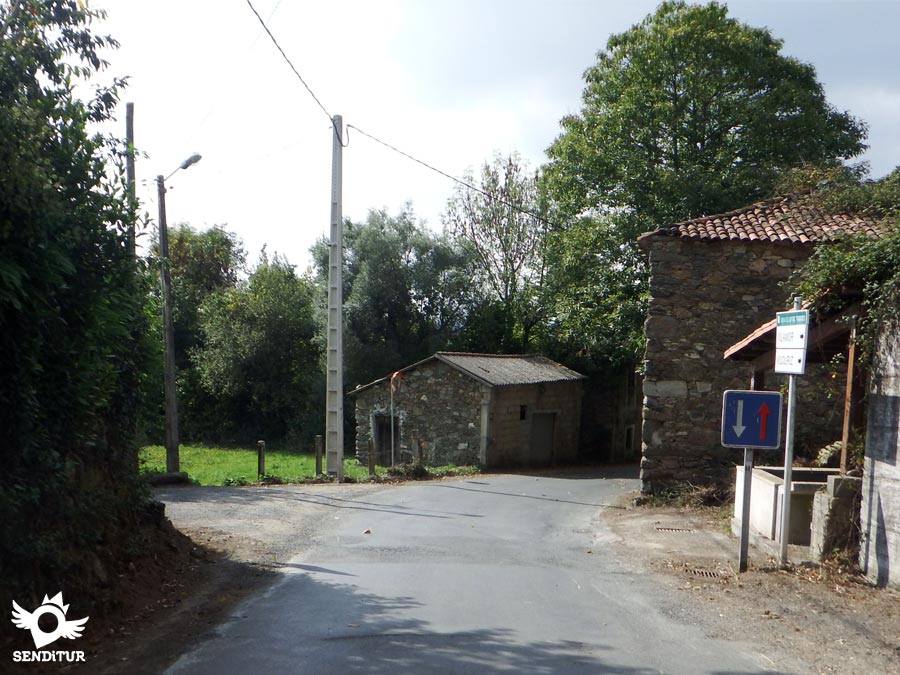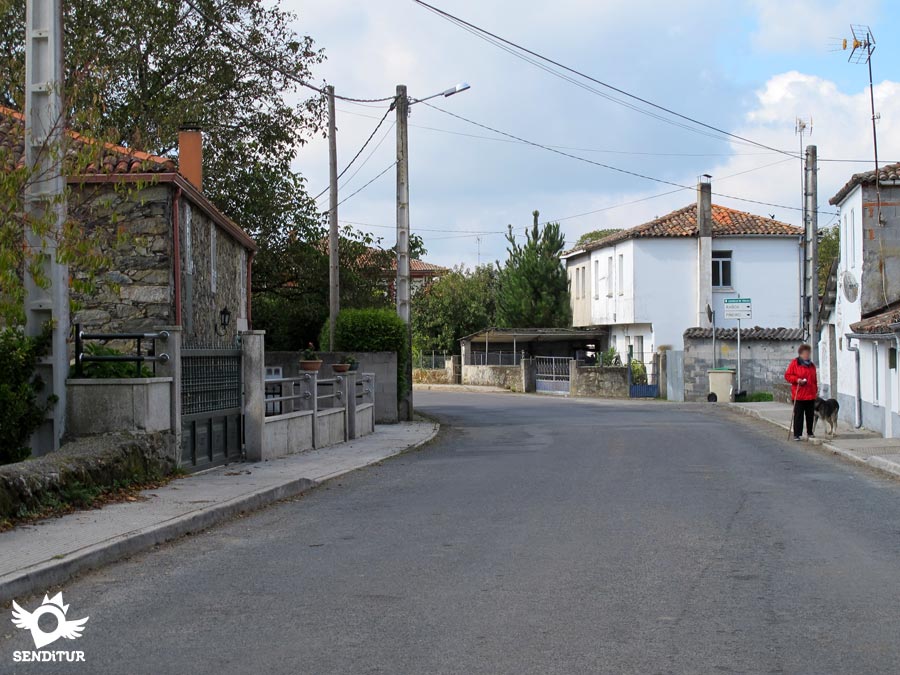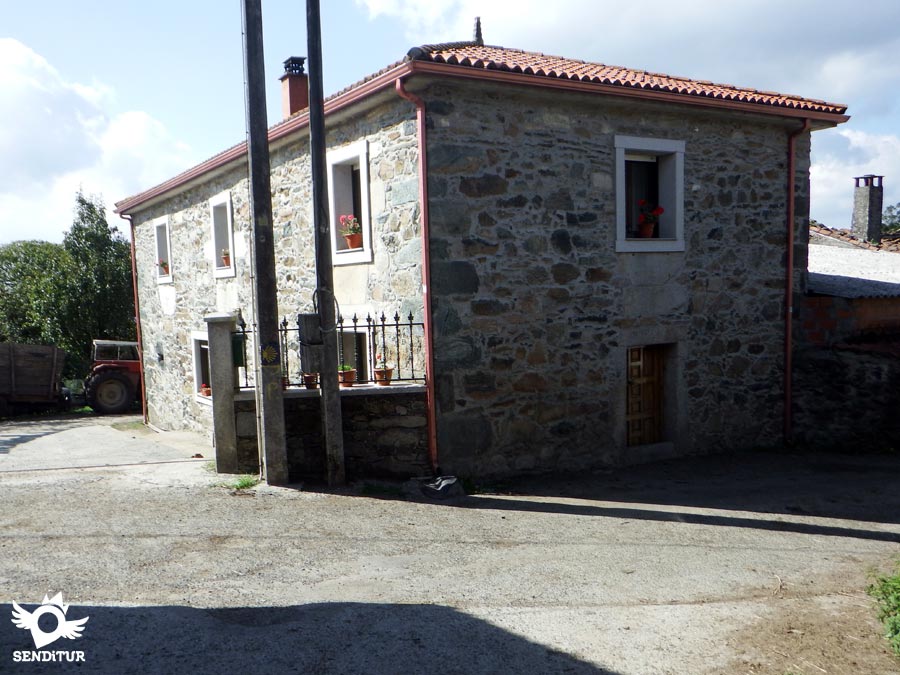Together with Vilamor da Abaixo and Irago de Arriba, in the parish of Santo Estevo de Vilamor, they are located in the south of the council of Toques, and Vilouriz in the east of the same council, in a green valley under the Sierra de Careón in the extreme south-east of the province of A Coruña and are the last villages through which the Primitive Way passes before joining the French Way. The archaeological wealth of the area confirms the existence of ancient settlements that date back even to the third millennium BC, when Neolithic pastoral civilizations inhabited these lands. The written history of the municipality appears in the year 1069 referring to the Benedictine monastery of San Antolín, whose origin is uncertain and that in the year 1515, by order of Pope Leon X, was annexed to the monastery of San Martín Pinario, continuing its existence until the Disentailment of Mendizábal, when it was converted into a nail factory. In 1984 it would be declared an Asset of Cultural Interest. Only the church, San Antoniño de Toques, has survived from the old monastery. It is located in a place of enormous natural beauty, next to a beautiful waterfall that runs along one side of the church.

In the middle of a beautiful landscape of extensive fields where the animals graze freely, as it is an intensely livestock area, Vilouriz shows, between houses and hórreos, at the foot of the Campo da Feira the parish church of Santiago and the classic crucero. Walking through beautiful carballeiras the visitor arrives at Vilamor de Arriba and Vilamor da Abaixo, where its parish church is dedicated to Santo Estevo and next to it you can see a spectacular hórreo; in a small square calls attention a cruise in which there is represented an image of Christ crucified and a San Antonio and very near a fountain and a memorial monument with plaque. Irago de Arriba waits slowly in the fertile plain formed by the irrigations of Irago and Portonovo.

In Vilamor the patron saint festivities are on 13 and 14 June in honour of San Antonio and on 26 and 27 December Santo Estevo is celebrated. In Vilouriz Santiago is honoured on 25 and 26 July and in May, with no fixed date, La Ascensión is celebrated.
One of the oldest and most traditional pilgrimages is to the Hermitage of San Antolín de Toques. It is a pilgrimage of a little more than 7 kilometres in which in addition to enjoying a beautiful hermitage, the surrounding environment is spectacular and in the steep ravine next to it you can still find some remains of what were once the dependencies of the monastery.

The Sierra de Careón separates the provinces of Lugo and A Coruña and forms part of what is called the "Galician dorsal" which is composed of a set of mountains that cross Galicia from north to south by its half, from the north coast to the Portuguese border.

In Vilamor, the story is told of Ramón, a trade unionist born in the village, where he took refuge after several years of activity and where he lived until his death in 1967. And they continue to tell that it was then that his companions took his body in a car, at night, to the centre of the village so that they could take care of him, since Ramón's good friend was still an outcast. Today in the village there is a plaque in his memory.
In the DP-4604 road shortly after leaving Melide we will find the beginning of the road that connects with Vilamor de Arriba, Vilamor da Abaixo and Irago de Arriba, following this same road we will arrive until the detour that leads to Vilouriz.
The nearest bus service to the villages of Vilamor de Arriba, Vilamor da Abaixo, Irago de Arriba and Vilouriz is in nearby Melide.
Vilamor de Arriba
Vilamor da Baixo
Irago de Arriba
Vilouriz
SENDITUR is not responsible for any variation in the information described, as well as for the misuse of its guides and recommends that everyone be responsible and prudent in carrying out the activity. Likewise, we invite you to document yourself with books and specialized guides to complement the information described. From the commitment of SENDITUR with Nature and the respect to the balance of the environment, SENDITUR urges you to travel in a responsible way, with low environmental impact and respecting at all times the Natural, Cultural and Social environment wherever you go. For any suggestion, SENDITUR invites you to send an email to
Continue watching …